One of the common paradoxes of modern megacities is that the more they develop, the more congested the central area becomes. This is not just an individual problem, but a common denominator of many megacities in Southeast Asia such as Bangkok, Jakarta, Manila. In Vietnam, Ho Chi Minh City is also facing this situation.
After decades of rapid development, Ho Chi Minh City has become the largest economic center in the country, playing the role of a growth engine. However, this rapid and compressed development has brought with it many consequences.
On the contrary, neighboring localities such as Binh Duong and Ba Ria - Vung Tau, despite possessing many advantages in terms of land fund, strategic location and developing infrastructure, have not been effectively integrated into a master plan for the region, leading to fragmented development, lack of cohesion and failure to create a common driving force for the entire region. Therefore, the merger of Ho Chi Minh City, Binh Duong and Ba Ria - Vung Tau provinces is an opportunity to comprehensively restructure urban space, shaping a multi-polar, integrated, interconnected ecosystem, capable of competing on a regional and global scale.
More importantly, this model also holds the expectation of relieving pressure on the central area, while at the same time activating the peripheral areas to become new growth poles, developing harmoniously and sustainably in a unified whole. Instead of continuing to compress all functions into an overloaded center, the expanded Ho Chi Minh City model allows for a reasonable reallocation of population, capital flows and urban functions, based on the advantages of each locality.
On that basis, the structure of "4 regions - 2 axes - 1 linked ecosystem" is formed: Ho Chi Minh City plays the role of a financial center, high-end services and innovation; Binh Duong takes on the function of an industrial and logistics region, acting as a locomotive for production, processing and logistics infrastructure in the North; Ba Ria - Vung Tau develops into a seaport and tourism region, an international trade gateway and a coastal resort center; while the coastal and peripheral areas take on the role of a high-tech agricultural ecological region, combining environmental conservation with green production.
These functional areas are effectively connected through two main development axes: the East-West axis connecting the intra-regional industrial urban areas and the North-South axis linking the chain of seaports, logistics and high technology, creating a linked, flexible and sustainable development ecosystem for the entire extended Ho Chi Minh City area. The division of functions according to the multi-polar urban model not only contributes to relieving pressure on the central area of Ho Chi Minh City, but also opens up opportunities to form new growth poles in the suburbs.
Instead of having to move to the center to work, study or access services, people can live and develop their careers right in their locality thanks to the synchronous infrastructure system and the reasonable distribution of socio-economic activities. Each urban pole is planned based on the available advantages of location, resources and connections, thereby creating a multi-center, widespread and sustainable development structure for the entire region.
At the same time, investment capital will also be strategically restructured. Industries that require large areas and low infrastructure costs such as industry and logistics will be prioritized for development in Binh Duong and Ba Ria - Vung Tau. Meanwhile, high value-added sectors such as technology, finance, and innovation will continue to be concentrated in Thu Duc City and the core area of Ho Chi Minh City.
In particular, when projects are planned in a unified and linked manner according to the development axis and advantages of each region, investment efficiency is enhanced and creates a strong spillover effect throughout the entire regional economic space. The rational distribution of industries, fields and strategic infrastructure helps reduce pressure on the center, while activating new growth poles, promoting capital flows to spread instead of being concentrated in the urban core.
When growth poles are properly planned, appropriately empowered and linked by flexible coordination mechanisms, they will no longer be dependent “peripheries” but will become proactive growth centers, operating together in an integrated, self-balancing and effectively adaptive urban network.
To achieve that, it is necessary to shift from administrative boundary thinking to functional regional thinking, where localities join forces, share infrastructure and value chains in a unified whole. At that time, Ho Chi Minh City will not only expand in scale, but also rise to become a regional megacity, competitive enough in the ASEAN and international economic space.
Source: https://www.sggp.org.vn/giai-toa-ap-luc-trung-tam-kich-hoat-dong-luc-vung-post801295.html



![[Photo] General Secretary To Lam attends the opening ceremony of the National Achievements Exhibition](https://vphoto.vietnam.vn/thumb/1200x675/vietnam/resource/IMAGE/2025/8/28/d371751d37634474bb3d91c6f701be7f)
![[Photo] General Secretary To Lam presents the 45-year Party membership badge to comrade Phan Dinh Trac](https://vphoto.vietnam.vn/thumb/1200x675/vietnam/resource/IMAGE/2025/8/28/e2f08c400e504e38ac694bc6142ac331)
![[Photo] Red flag with yellow star flutters in France on National Day September 2](https://vphoto.vietnam.vn/thumb/1200x675/vietnam/resource/IMAGE/2025/8/28/f6fc12215220488bb859230b86b9cc12)
![[Photo] Politburo works with the Standing Committee of Cao Bang Provincial Party Committee and Hue City Party Committee](https://vphoto.vietnam.vn/thumb/1200x675/vietnam/resource/IMAGE/2025/8/28/fee8a847b1ff45188749eb0299c512b2)

![[Photo] National Assembly Chairman Tran Thanh Man holds talks with New Zealand Parliament Chairman](https://vphoto.vietnam.vn/thumb/1200x675/vietnam/resource/IMAGE/2025/8/28/c90fcbe09a1d4a028b7623ae366b741d)


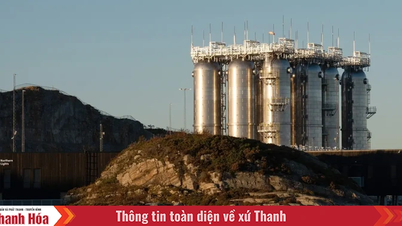


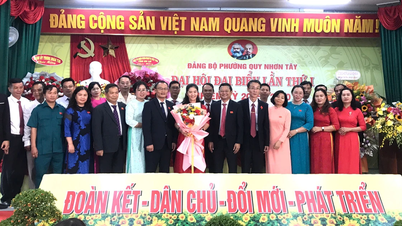



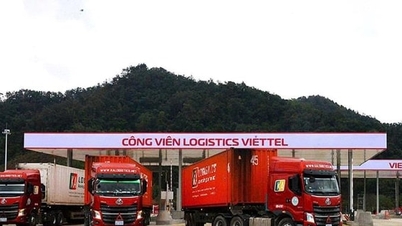

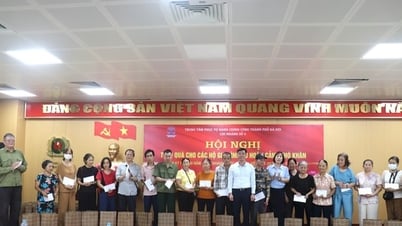

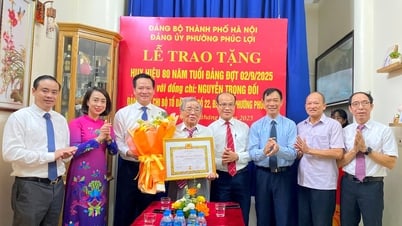

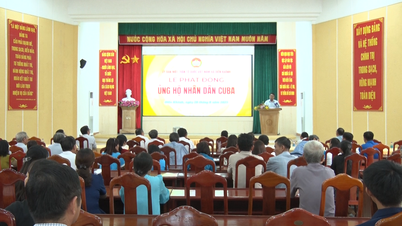




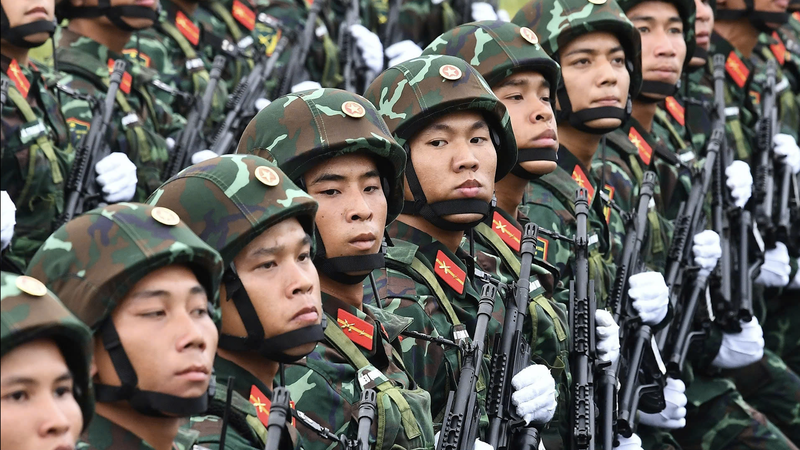



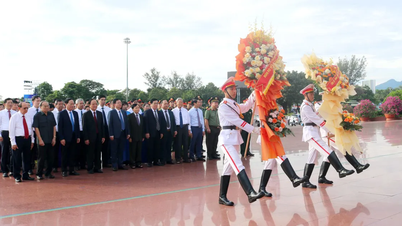


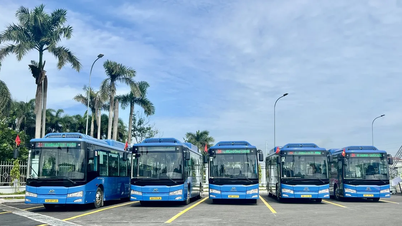
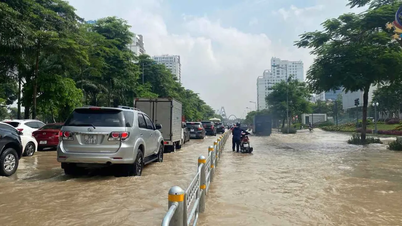
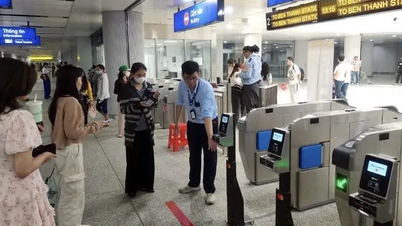
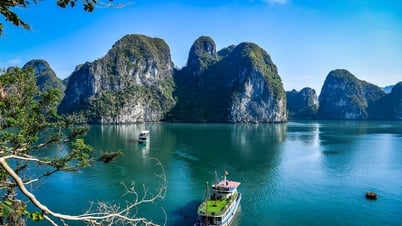

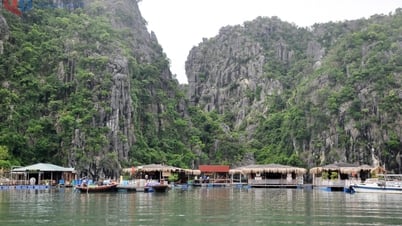

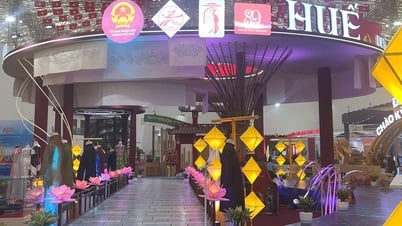













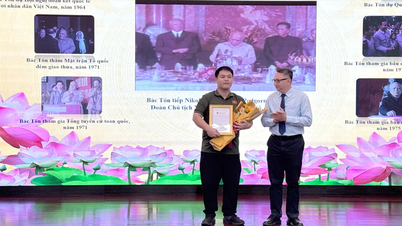






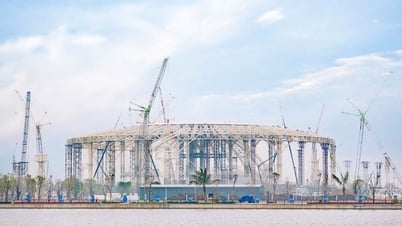

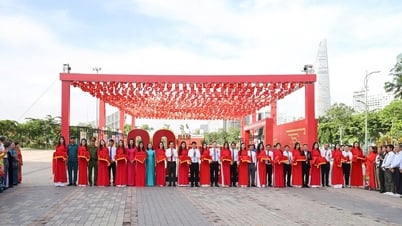








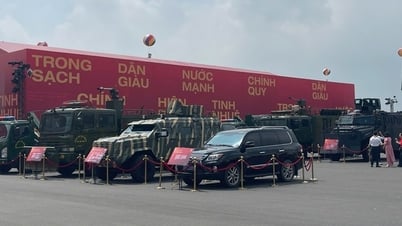

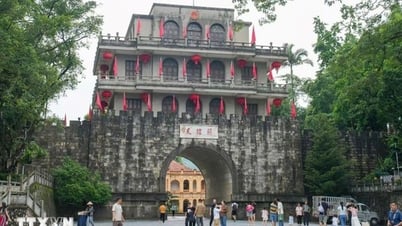

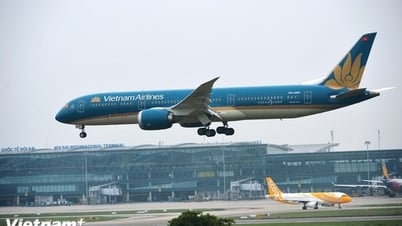

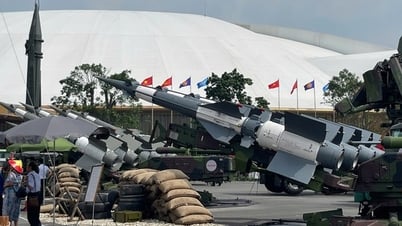


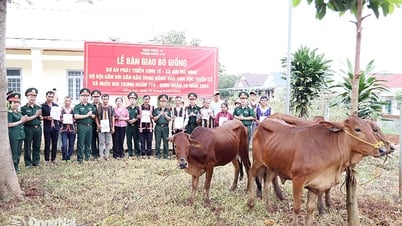







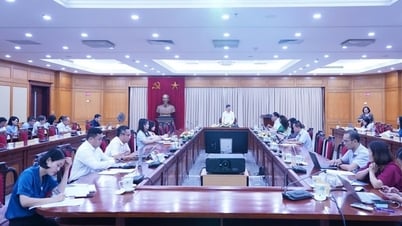


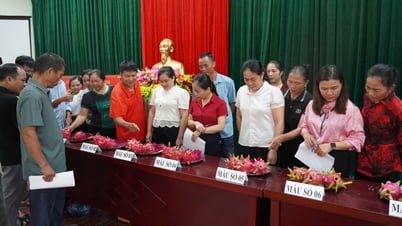








Comment (0)